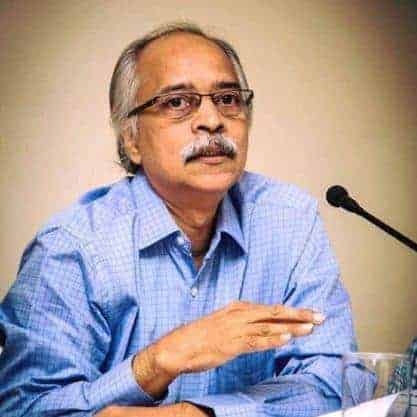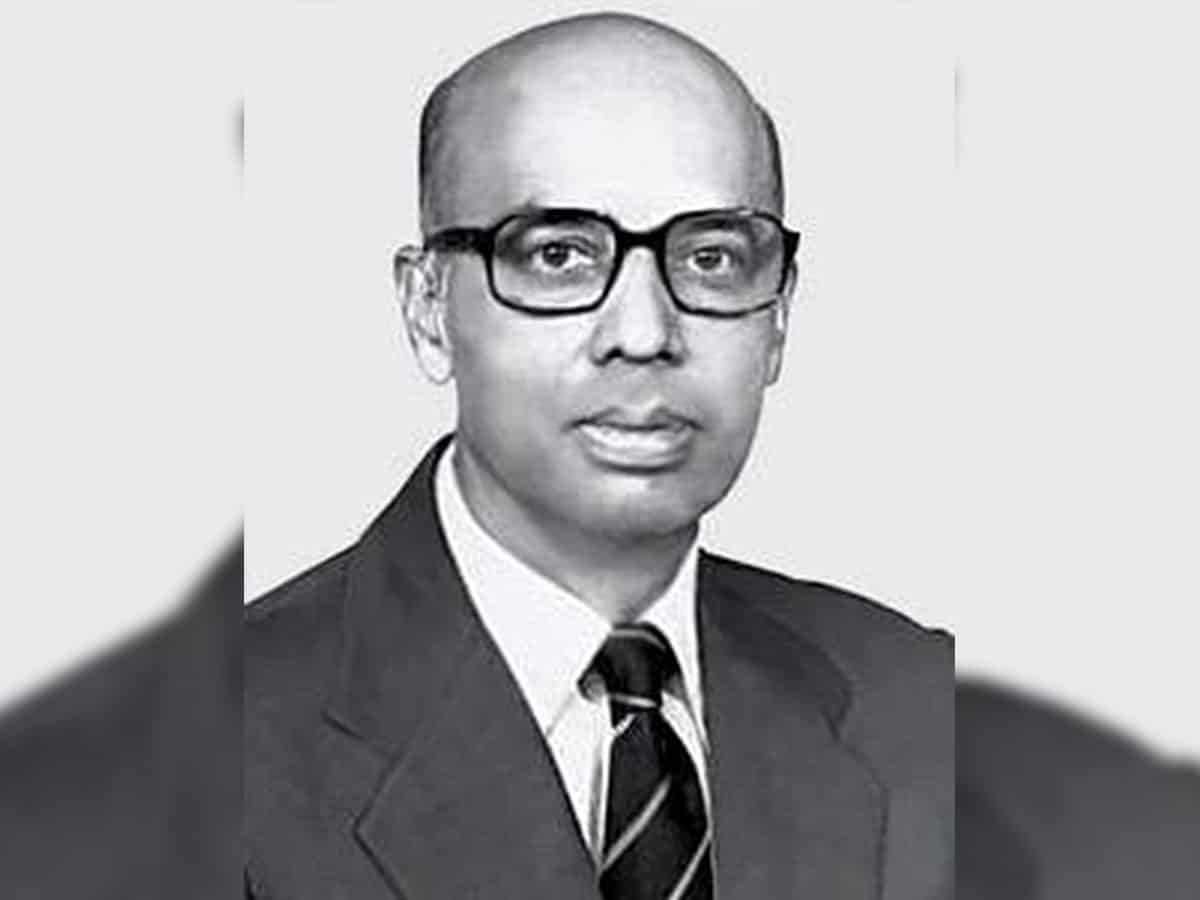
Hyderabad: Did you know that M K Vainu Bappu, referred to as the ‘father of modern Indian Astronomy,’ did his initial, stellar work in Hyderabad?
Today is the 93rd birth anniversary Bappu, one of the most brilliant astronomers of the 20th century. He is the only Indian after whom a Comet and an Asteroid are named.
In a short life span of 57 years he made immense contribution to astronomy by his seminal work. He was instrumental in establishing the Indian Institute of Astrophysics (IIA), Bengaluru as well as in starting a string of other facilities, including the one at Kavalur, Tamil Nadu, which was later named after him.
Connection with Hyderabad
In the late 1940s & 1950s, Vainu Bappu, made his significant observations from the Nizamiah Observatory in Hyderabad. His work caught international attention and he moved on to make a big mark in the field till 1982.
Born in Hyderabad in 1927, Vainu Bappu got interested in astronomy very early in life. As a young kid he got his first exposure and excitement into astronomy handling telescopes and watching the skies at the Nizamiah Observatory, where his father, M K Bappu was an Astronomer.
The Observatory, was set up by Nawab Zafar Yar Jung Bahadur, a rich nobleman and an amateur astronomer in 1901. A Science graduate from the Nizam College, then under the Madras University, he moved to do further studies at Harvard. Dr Bappu rose to head the International Astronomical Union.
Vainu Bappu published his first scientific paper based on his observations of variable stars ( the starry objects in the sky that showed differences in brightness periodically) made from the Nizamiah Observatory in the Journal Current Science in 1946-47.
In the world of Astronomy, the versatile Indian is remembered for the Wilson-Bappu effect. In terms of application, it’s used in two major areas. First, it helps in determining the distance between the class of stars called, Late-type stars. Second was it gave a fillip to the study of the chromosphere of these stars. The work was a joint effort with Olin Chandwick Wilson at the Hale Telescope in Mount Palomar, California in US.
Fate snatched him away at a rather young age of 55, when he suddenly passed away on August 19, 1982 in Munich, Germany. At the peak of his contributing career and as President of the International Astronomical Union he was on way to Greece to host the global event. Enroute, he suffered a heart attack in Munich and never recovered.
The Observatory Story
Zafar Jung Bahadur named his venture- Nizamiah Observatory after the Sixth Nizam, Mir Mahboob Ali Khan. However, after the passing of Zafar Jung in 1907, it was taken over by the Nizam’s government.
Between 1908-14, the observatory was headed by Arthur B Chatwood, who moved the location to Begumpet from the original Phisal Banda. He was succeeded by Robert J Peacock and in 1918, TP Bhaskaran took over and lead till 1944.
In 1918, when the Osmania University was established by the Seventh Nizam, Mir Osman Ali Khan the Optical Observatory was made part of the Astronomy department.
The Observatory was headed by Dr R V Karendikar of the US Air Force Station in Boston in the mid 1960’s. Later, Prof Abhayankar steered the department and also established the Rangapur Observatory, about 55 kms from the city in 1969.
Global Event
It was sometime around 1990 that the Department of Astronomy and Astrophysics, Osmania University, hosted the International Astrophysical Union meet in Hyderabad. The Osmania department with Prof K D Abhayankar was quite well known in the country.
However, the event was dominated by the Indian Institute of Astrophysics (IIA), Bangalore scientists. At the event, I ran into Prof Rajesh Kochhar, an astrophysicist and author of ‘The Vedic People’ with the IIA then. During the course of discussion, he told me how the Osmania University and Nizamiah Observatory played a huge role in modern astronomy studies.
He also pointed out to my surprise the connection of Dr Vainu Bappu to Nizamiah Observatory. At the same time he explained how, the old observatory was in complete neglect.
It was all new information to me. I was a regular to some of the University departments, especially science that were doing interesting work. Astronomy was one of them. I had also visited the Rangapur Observatory, along with a few media members of the Hyderabad Press Club like Paul Benjamin to watch the Haley’s Comet in 1986 (which appears once every 76 years).
Astronomy in neglect
In the last two decades, there has been a steady decline in the interest in Astronomy studies at the Osmania University. Consequently, the Observatory facility at Rangapur too is hardly being used.
The fate of the Nizamiah Observatory was sealed in the 1980’s itself, with it losing patronage from the University and the State Government too. Located in the campus of the Centre for Economic and Social Studies (CESS), a State Govt entity, the over 100 year old, heritage structure and one of the oldest astronomical observatories of the country bears a dilapidated and desolate look.
Somasekhar Mulugu, former Associate Editor & Chief of Bureau of The Hindu BusinessLine, is a well-known political, business and science writer and analyst based in Hyderabad.

